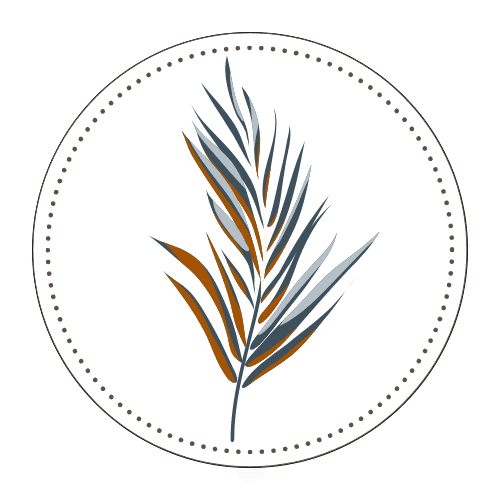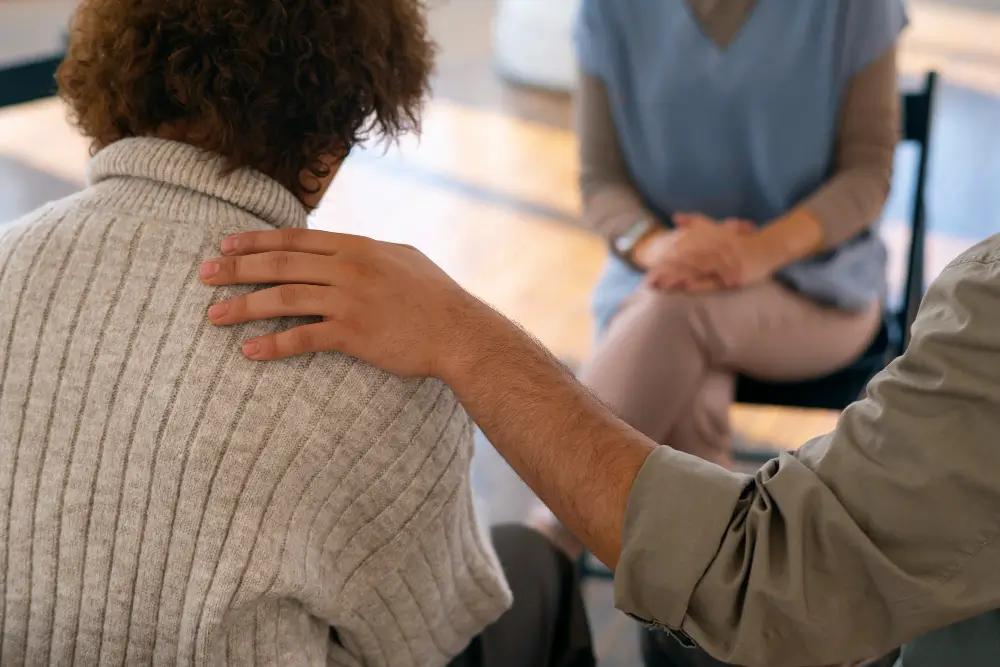Introduction
It is estimated that in India, 62.5 million people use alcohol, 8.75 million use cannabis, two million use opiates, and 0.6 million use sedatives or hypnotics. Drug addiction impacts millions of people around the world every single year. It affects not only the individual but their families and also the communities at large. Many factors lead to drug addiction, like family history, impulsive or risk-taking behavior, low self-esteem, feelings of social rejection, etc. Sometimes, a history of traumatic events or a mental or behavioral health condition may also lead to drug addiction.
The impact of drug addiction can be severe, though. People with drug addiction can show extreme behaviors of people-pleasing and can easily succumb to peer pressure. It can also lead to poor judgment, other mental health disorders, and other multiple health issues like heart attack, liver failure, memory issues, respiratory distress, psychosis, death from overdose, and much more.
This article will start with exploring the differences between drug addiction and drug dependence, then move to prevention for drug addiction, and finally discuss how an individual can recover from drug addiction.
Drug addiction vs. Drug dependence
Drug addiction occurs when an individual shows a change in their behavior due to the biochemical changes in their brain when consuming the substance consistently. Drug consumption becomes the main priority of the individual’s life in case of drug addiction, regardless of the harm they may cause to themselves or to others.
Individuals impacted by drug addiction also show symptoms of acting irrationally when the substance is not in their system. They have strong cravings and cannot control their mind and bodies without consuming drugs. They also tend to use drugs even in risky situations like driving or working, etc.
Drug dependence, on the other hand, is physical dependence without drug addiction, but it is a phase toward drug addiction. There are symptoms of tolerance and withdrawal. Though the individual feels like they cannot function properly without consuming drugs, they still have control over themselves. It typically happens due to long-term abuse of an addictive substance. Some signs of drug dependence are aching muscles, difficulty in concentration, hallucinations or delusions, anxiety, depression, nausea, shaking and sweating, and increased heart rate.
Prevention for drug addiction
Even when individuals fully recover from drug addiction, they can fall back into it. Hence, it is essential to understand how to prevent drug addiction in the first place and how to prevent relapse.
Understanding how substance abuse develops
The first step is to educate the individual and their loved ones about how substance abuse develops. Once they are aware of how it starts and how it develops, they can take necessary preventive steps to put it at a stop before it becomes an addiction. It typically starts by using illicit or prescribed addictive drugs for recreational purposes, seeking out intoxication on every use, or abusing a prescription medication.
Avoiding temptation and peer pressure
Avoiding people who pressure the individual to use substances is critical. Thus, developing healthy friendships and relationships is essential since we become most like the people we surround ourselves with. If directly refusing is challenging for you, preparing a good excuse or planning ahead of time can help you stay away from giving in to peer pressure and prevent consuming drugs.
Seeking help for mental illness
Mental illness and drug addiction go hand-in-hand in some cases. Seeking professional help from a licensed therapist or counselor helps in navigating mental illnesses like anxiety, depression, or post-traumatic stress disorder (PTSD). They will provide healthy coping skills to alleviate symptoms without turning to drugs and alcohol, thereby helping in the prevention of drug addiction.
Examining risk factors
This step involves checking the family history of mental illness and addiction since it tends to run in the family typically, but it can be easily prevented by learning and being aware of the biological, environmental, and physical risk factors.
Keeping a well-balanced life
People often turn to drugs and alcohol when something in their life is missing or not working. Practicing skills like stress management can help in overcoming life stressors and living a balanced & healthy life.
Apart from that, developing goals for dreams and for the future helps. It is because these goals help us focus on important things in life and understand that drugs and alcohol are only a hindrance in the path of our goals.
Drug addiction recovery
“Is it even possible?” YES, drug addiction is a treatable disorder. The image below shows the density of dopamine transporters in the brain. The human brain can recover after long-term abstinence from drugs.
Treating withdrawal
Certain medications and devices are used to help the patient manage the physical and emotional symptoms like restlessness or sleeping issues when they are first withdrawn from consuming drugs.
Staying in Treatment
In this stage, the medications and mobile applications help reduce the calming effect that the drugs used to have on the body and help the brain adapt to the absence of drugs. This stage also helps in reducing drug cravings and brings the patient’s focus to counseling and other psychotherapies.
Here are some of the ways to continue staying in treatment:
- Develop necessary boundaries
- Appreciate people around you and spend more time with your loved ones
- Build a healthy lifestyle that takes you away from this bad dopamine boost and provides you a long-term relief
- Understand if it’s a physical or a psychological addiction and take the necessary steps accordingly
- Accept the fact that having an addiction doesn’t make you a bad person, staying in it does.
Preventing Relapse
If the patient stops the medical treatment, they are more likely to relapse, i.e., return to using drugs after an attempt to stop. Typically, environmental triggers or stress triggers and coming in contact with the substance are the most common reasons to restart using drugs. However, it does not mean that the treatment so far has failed. Relapse can be a part of the process, but there are new treatments being developed to prevent it.
Behavioral Therapies
These therapies aid in altering the attitude and behavior toward drug use and help the patient navigate the stressful situations and triggers that may cause relapse. They also help the medications to work more effectively and help the patients to continue the treatment. Some common kinds of behavioral therapies are – Cognitive Behavioral Therapy (CBT), Contingency management, Motivation enhancement Therapy, Family therapy, Twelve-Step facilitation therapy (TSF), etc.
Stopping drug use is just a part of the complex healing process because of the intricate ways in which drug addiction impacts an individual’s life. A successful drug addiction recovery addresses all the aspects of a person’s life.
Conclusion
Drug addiction casts a profound impact not just on the individual but also on their families and communities, with numerous factors contributing to its development, including genetic predisposition, traumatic events, and mental health conditions. This pervasive issue leads to extreme behaviors, drug dependence, impaired judgment, and a plethora of physical and mental health problems.
Differentiating between drug addiction and drug dependence is crucial, as addiction involves biochemical changes in the brain, prioritizing drug consumption above all else, often leading to irrational behavior and cravings. Drug dependence, although a step toward addiction, is physical reliance without loss of control.
Preventing drug addiction involves understanding the progression of substance abuse, avoiding peer pressure, seeking mental health support, examining risk factors, and maintaining a balanced life. Recovery from drug addiction is possible and includes managing withdrawal symptoms, staying in treatment, and preventing relapse. Although challenging, the process addresses all aspects of a person’s life, highlighting the complex nature of drug addiction and the importance of holistic, multifaceted approaches to recovery.









